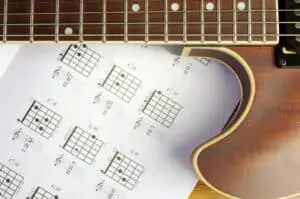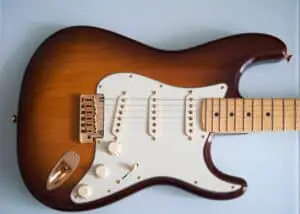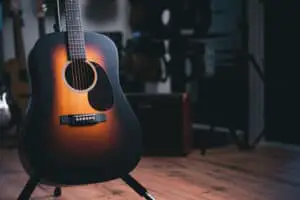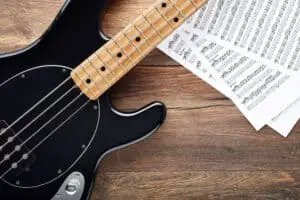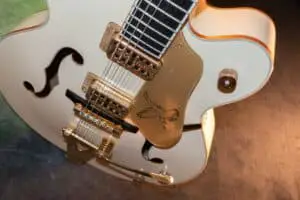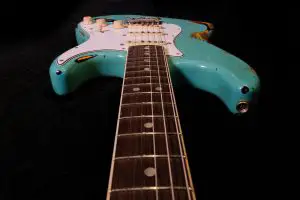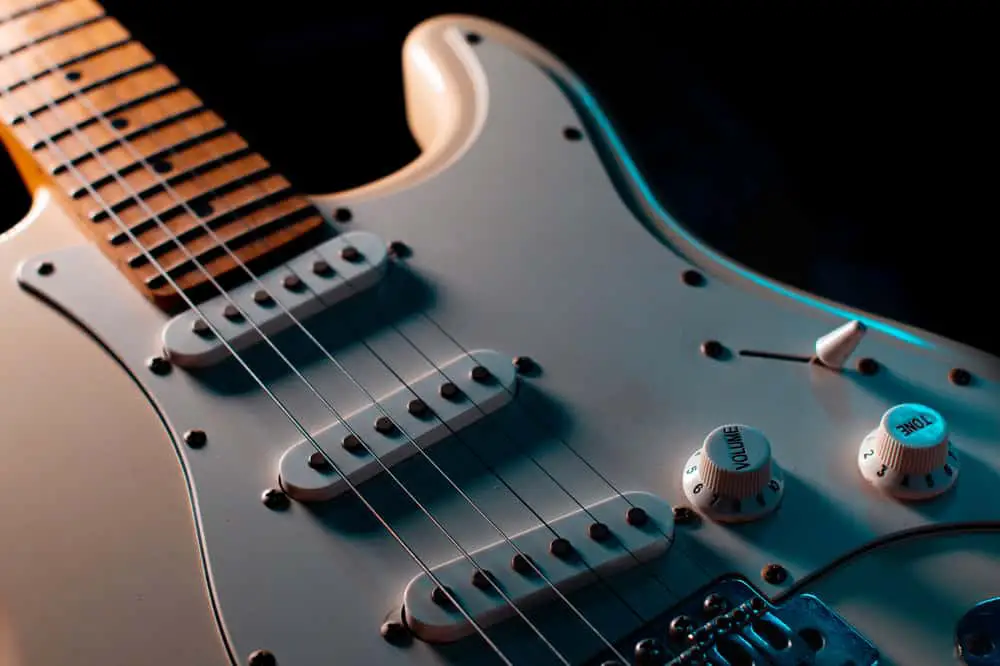
If you’re a musician, you’ve probably heard of floating bridge guitars. But what are they? How do they work? And why are they so popular?
A floating bridge guitar is a type of electric guitar with a bridge that “floats” on the guitar’s body. This allows the strings to vibrate more freely, resulting in increased sustain, better tone, and improved playability. They can be a bit tricky to restring, but the end result is worth it!
Whether you’re a beginner guitarist looking to buy your first instrument, or a seasoned pro considering upgrading your current axe, read on to find out everything you need to know about floating bridge guitars!
What Is a Floating Bridge Guitar?
A floating bridge guitar is a type of electric guitar. It is also known as a tremolo bridge guitar. Its origin can be traced back to the 1920s. This type of guitar differs from other fixed bridge guitars in that the bridge is not attached to the guitar’s body.
Instead, the bridge is suspended above the guitar’s body and is held in place by the strings. This allows the player to create a vibrato effect by rapidly moving the lever up and down. Hence, the bridge can be moved up or down and side to side, which gives the guitarist a more comprehensive range of motion when playing.
The floating bridge also makes it possible to produce a range of other effects, such as slides and bends. For these reasons, floating bridge guitars are highly prized by musicians who want to experiment with their sound.
What Are the Benefits of Using Floating Bridge Guitar?
Following are the benefits of using a floating bridge guitar design.
- One of the significant benefits of using a floating bridge guitar is that it is much more comfortable for the picking hand.
- With a floating bridge, the player can pick the strings with ease without contorting their hand. This makes playing for longer periods much more comfortable.
- This design also opens up new possibilities for creative playings, such as vibrato and slides.
- The player’s left hand can lay flat on the strings when fretting, making it much easier to play chords and melodies.
How Does a Floating Bridge Guitar Work?
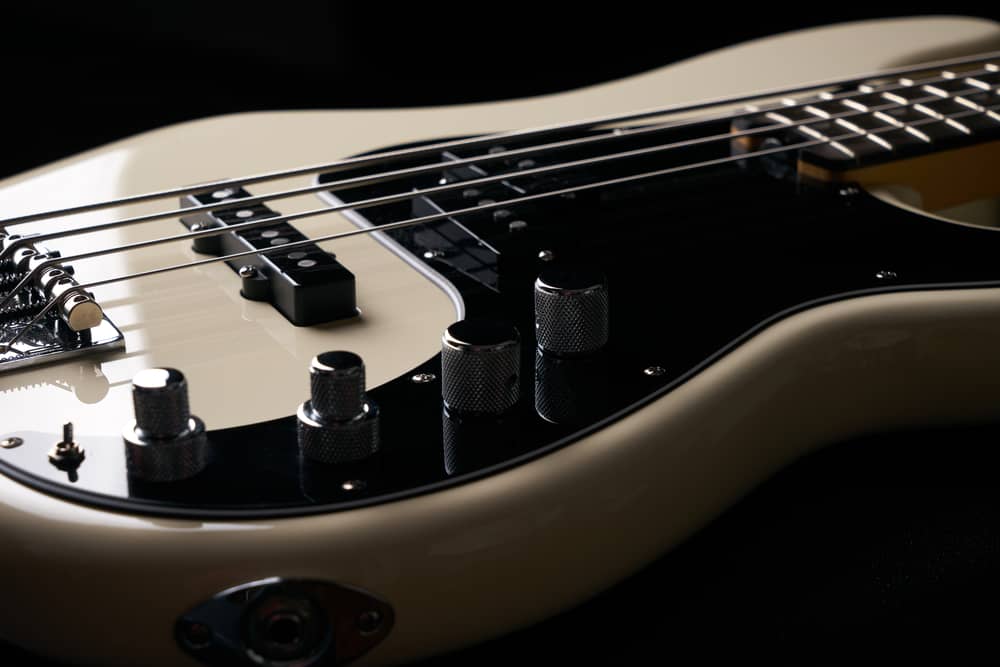
A tremolo arm, also called a tremolo bar, whammy bar, or vibrato arm, is a lever attached to the bridge of a guitar. It can loosen or tighten the tension of the strings, changing the pitch of the notes they produce when plucked or strummed.
The tremolo strings are connected to the tremolo bridge and do not end at the saddle. When the player presses down on the tremolo arm, the tremolo bridge raises the tremolo strings slightly, causing them to go sharp.
As the player releases pressure on the tremolo arm, the tremolo bridge returns to its original position, and the tremolo strings return to their normal pitch. The floating bridge guitar is a type of guitar that uses a tremolo arm to change the pitch of its strings.
The tremolo arm is an essential part of many electric guitars and can be used to create a wide range of sounds.
How to Restring a Floating Bridge Guitar?
Restringing a floating bridge guitar can be a little tricky, but it’s not too difficult. Here are the steps you need to follow:
Loosen the Strings
Use a guitar tuner to loosen the strings on your floating bridge guitar. Don’t completely remove the strings; loosen them enough so that you can remove the bridge.
Remove the Bridge
Carefully remove the bridge from the guitar. Be careful not to lose any of the small pieces that make up the bridge.
Restring the Guitar
Follow the instructions that came with your guitar to restring it. Be sure to pay attention to which string goes where, as this can be confusing.
Reattach the Bridge
Once the guitar is restrung, carefully reattach the bridge. Be sure that all the pieces are in their proper place and that the bridge is firmly attached.
Tune the Guitar
Use a guitar tuner to tune the strings on your guitar. You’re now ready to play!
Conclusion
A floating bridge guitar is a type of electric guitar that uses a tremolo arm to change the pitch of its strings. It was introduced back in the 1920s. The tremolo arm is an essential part of many electric guitars and can be used to create a wide range of sounds. So, next time you see a floating bridge guitar, don’t be afraid to try it out!
Frequently Asked Questions
It is also known as fixed guitar. A hardtail bridge is a guitar bridge that doesn’t have a tremolo arm. It is attached directly to the guitar’s body, and the strings are strung through it.
The two most common types of floating bridge guitars are the Floyd Rose Floating Bridge and the Fender Tremolo Bridge.

